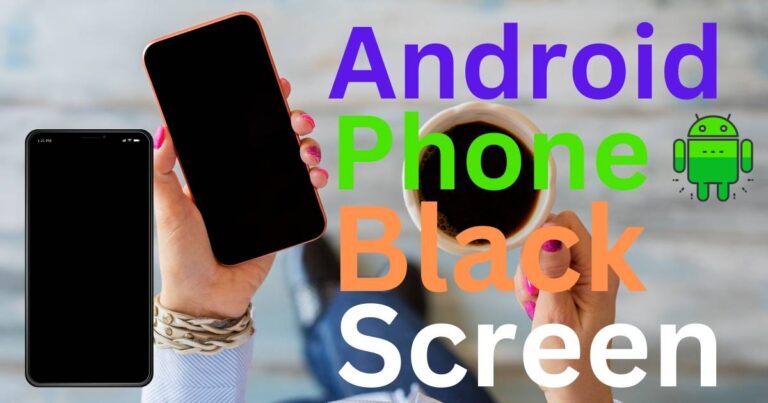Exploring the Comprehensive List of LG G4 Bloatware.
Just when you thought your new smartphone couldn’t pack any more features, you boot it up to find something you didn’t bargain for: bloatware. The LG G4, while celebrated for its striking camera quality and impressive screen resolution, is not exempt from this common trend in modern smartphones.
The Ubiquity of Bloatware
Bloatware refers to any software that comes pre-installed on a device, and while it may sometimes enhance the user experience, it often ends up being an unnecessary hurdle to device performance. Empirical data suggests that the average smartphone user only utilizes around 9 applications daily, raising questions about the necessity of preloaded software. On the LG G4 specifically, this case of bloatware can be particularly severe depending on the carrier.
The LG G4 Bloatware List
To fully grasp the scope of this issue, it is important to run down the LG G4 bloatware list. Your specific list may vary based on your service provider, but some common apps include LG SmartWorld, LG Health, LG Backup, File Manager, and ThinkFree Viewer. This preinstalled software often rivals the complexity and diversity of a digital antipasto platter.
In a nutshell, carrier specific apps or trial versions of paid apps are often the main culprits in this overzealous missionary approach to software marketing. Verizon users, for instance, will discover apps like NFL Mobile, Slacker Radio, and VZ Navigator. On the other hand, AT&T consumers are often saddled with DriveMode, Lookout Security, and UB Reader among others.
Mitigating the Effects of Bloatware
While critics of bloatware on LG G4 deem it inconsequential or even annoying, there is an important truth to be grasped here. The primary objective of manufacturers and carriers is to enhance user experience or spotlight undervalued features. Nonetheless, the perceived obtrusiveness of these apps is making tech giants rethink their approach.
Fortunately, there are ways for end-users to take matters into their own hands. Unlike the case a few years back where bloatware was largely unerasable, the Android OS now allows users to disable these apps, stopping them from affecting the performance of the device. In the case of the LG G4, this involves just a few steps. From the ‘Settings’ menu, users can navigate to the ‘Apps’ section, select any unwanted application and choose ‘Disable’. While not without its limitations, this option at least helps keep bloatware out of sight and out of mind.
The Future of Bloatware
The LG G4 bloatware issue is not unique to LG or even Android devices. Bloatware has been a widely debated topic across various platforms, including Windows and iOS. However, companies are now gradually starting to heed consumer feedback about reducing preinstalled software. This shifting trend echoes in Samsung’s omission of much of its proprietary software in its more recent releases.
Manufacturers, software developers, and carriers all stand to benefit from this change, but notably, it’s the end-users who are ultimately set to reap the biggest rewards. With the market’s shift towards streamlining and personalizing mobile experience, the hope is that the morning-after bloatware surprises that have long characterized new device onboarding, such as that experienced by LG G4 users, may soon be a thing of the past.


